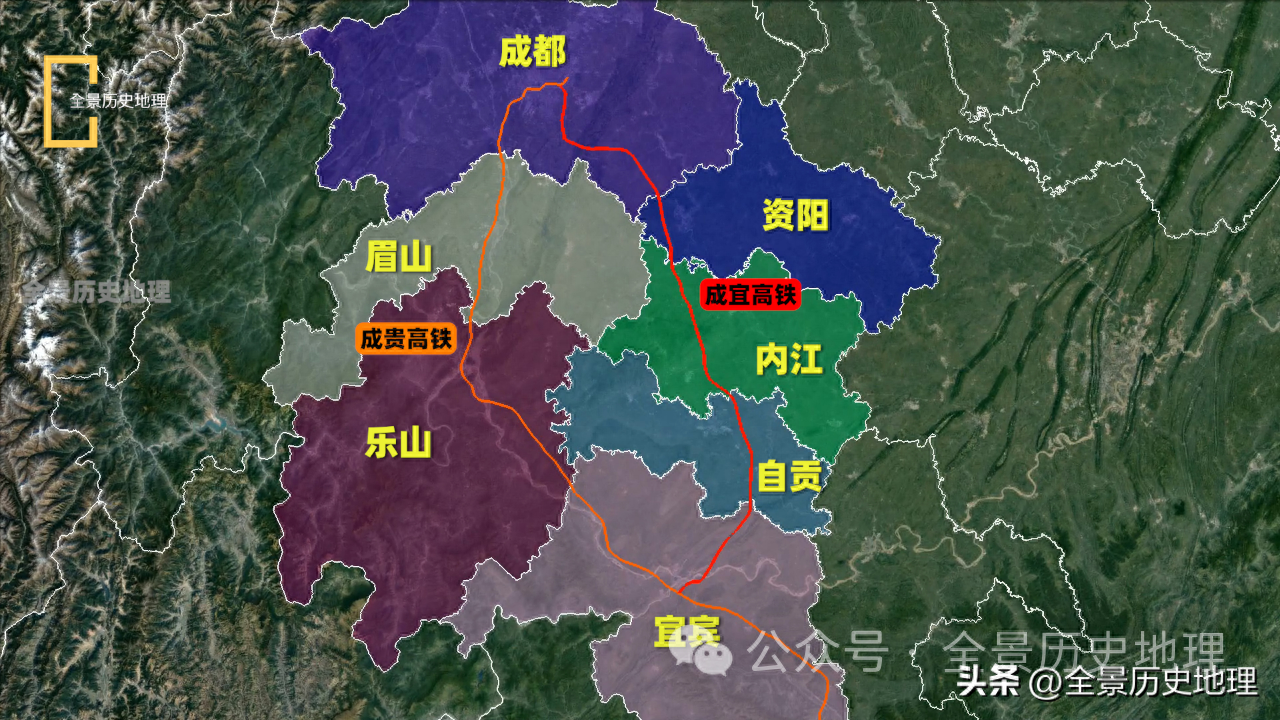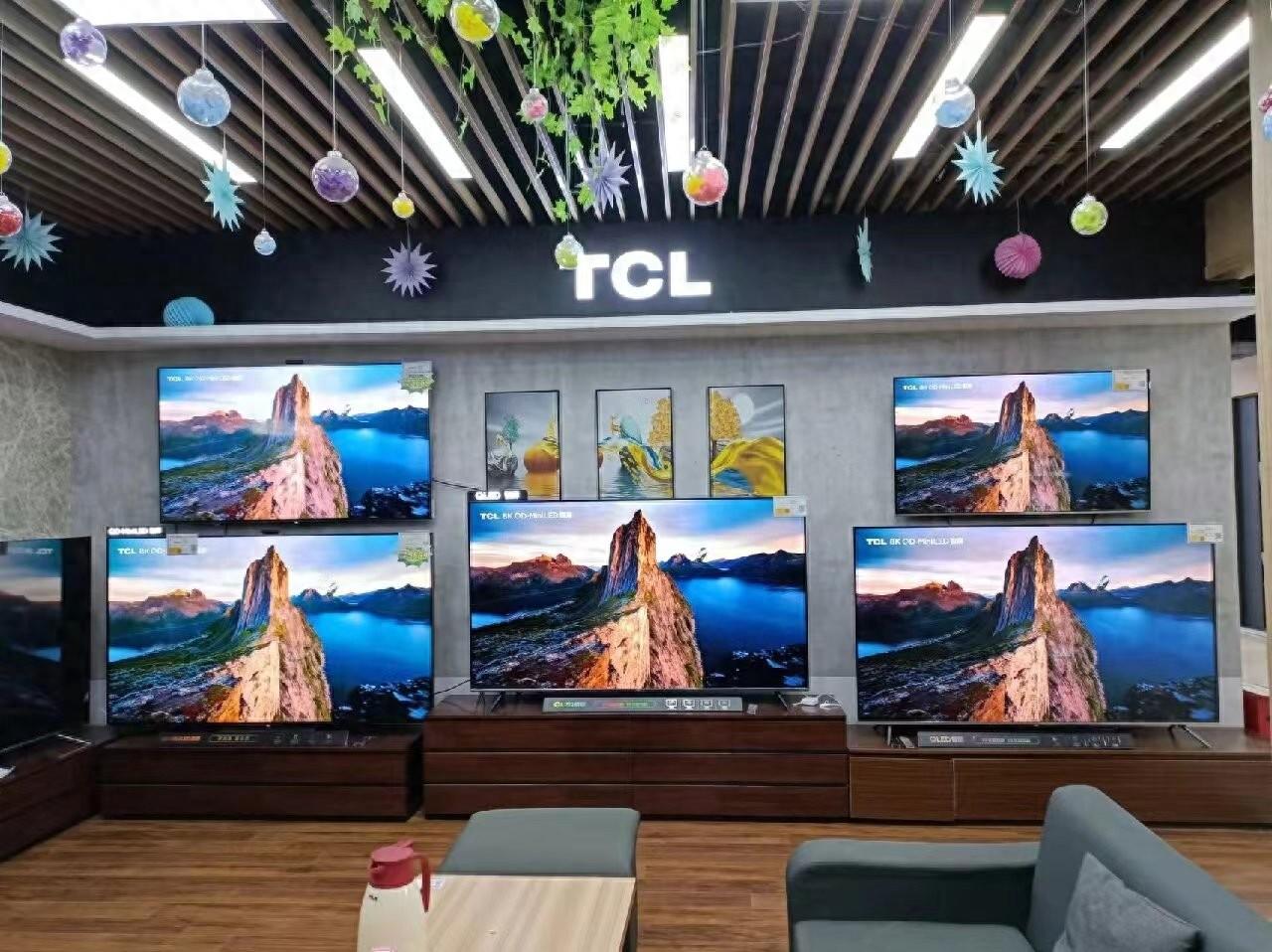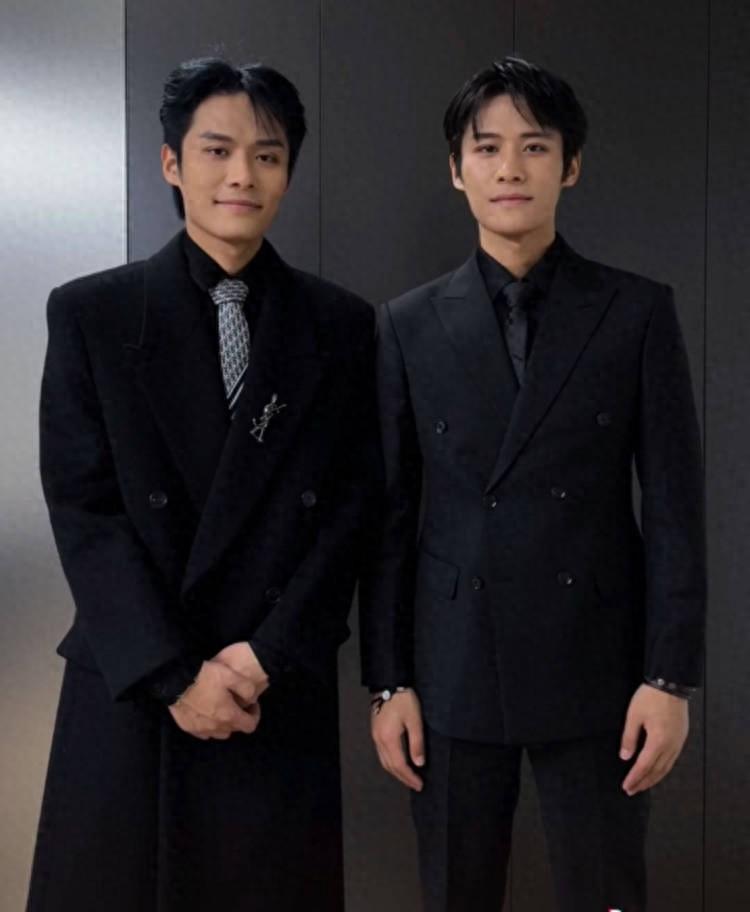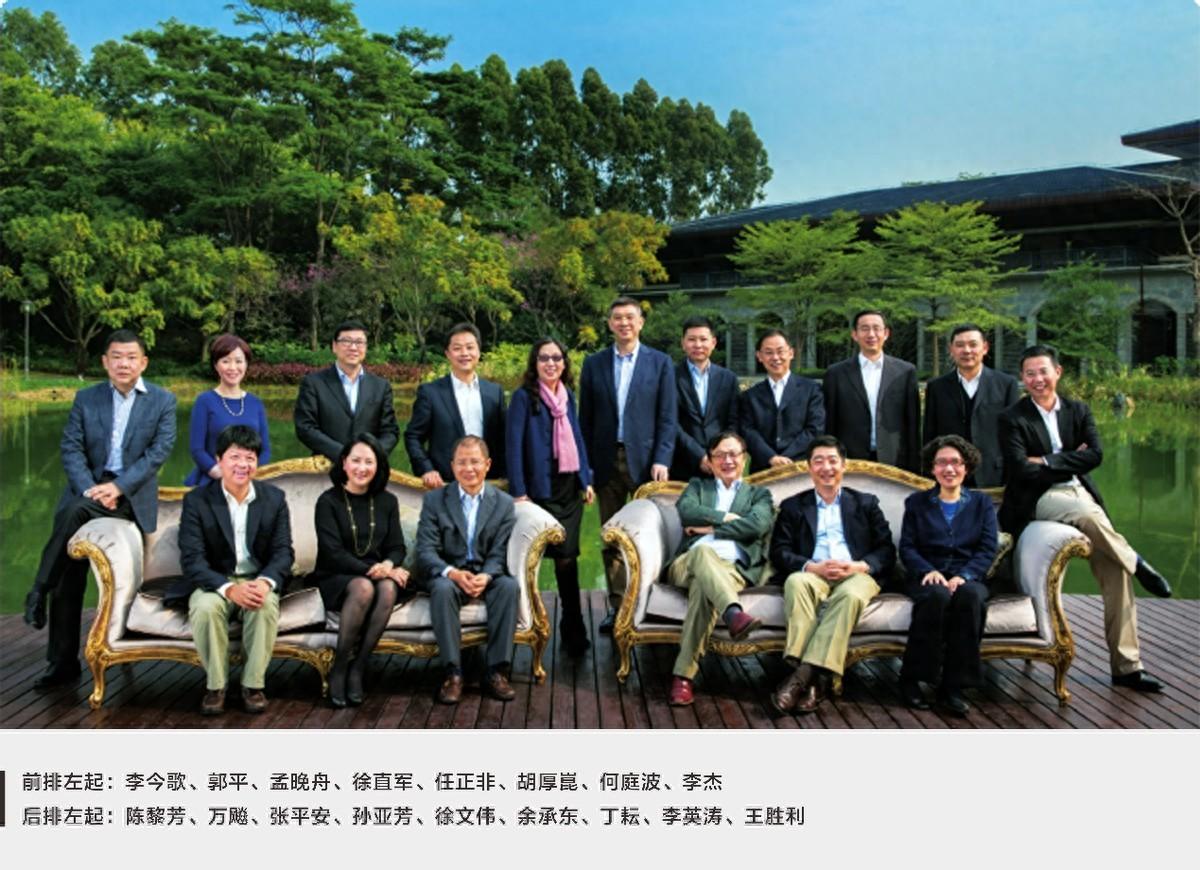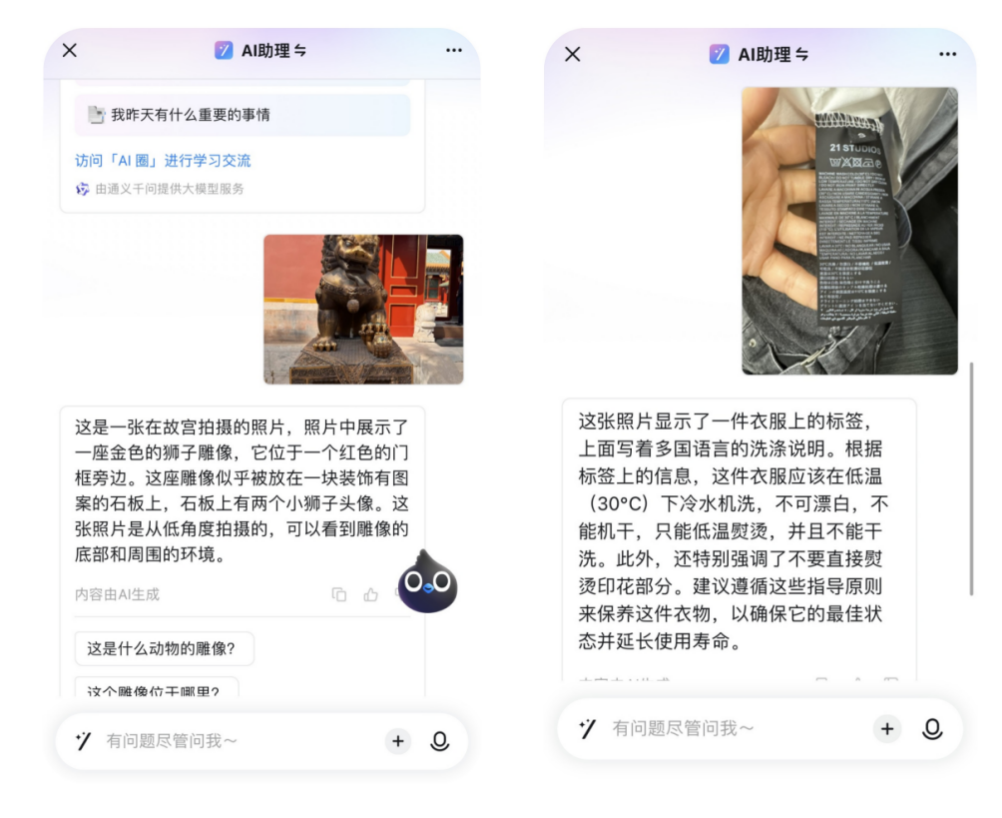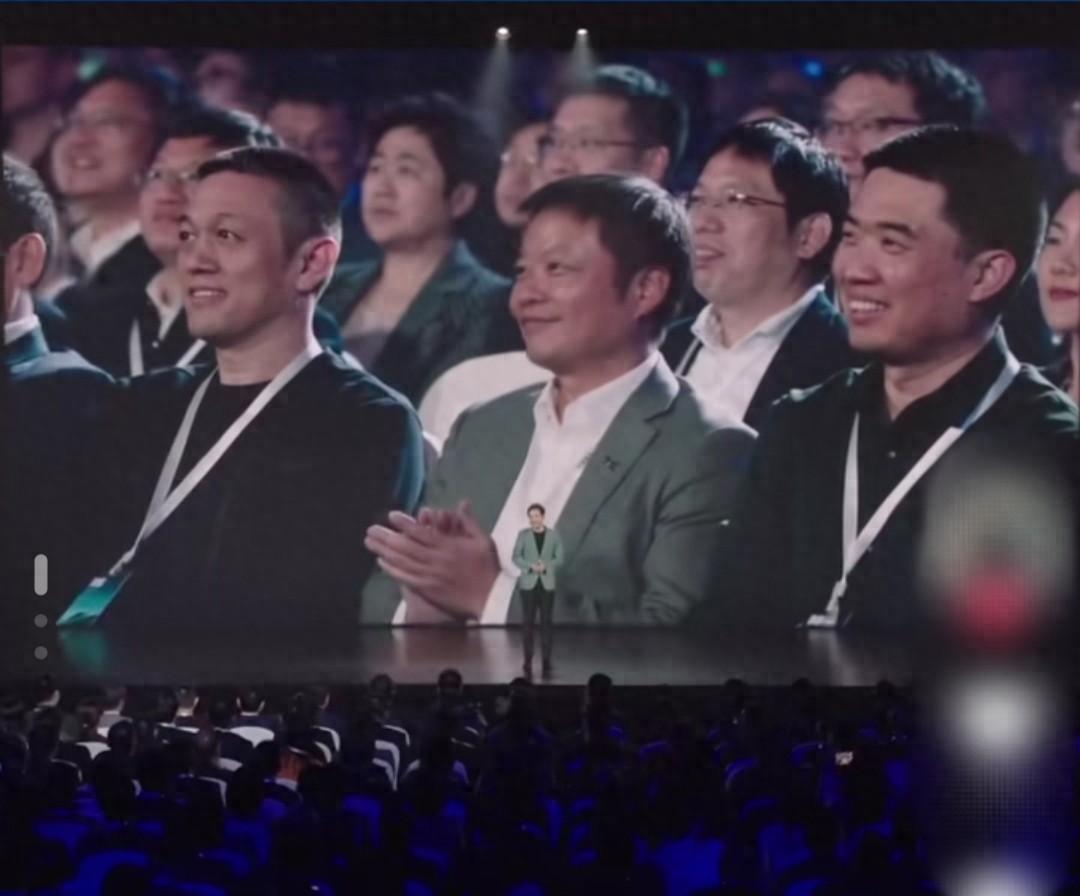Chinese scholars have obtained the latest research results: 70% of breast cancer patients may benefit from "classified treatment"
China News Network, Shanghai, October 8 (Reporter Chen Jing) Among breast cancer patients, nearly 70% of newly diagnosed patients and more than half of patients with recurrence and metastasis clinically suffer from cavity type breast cancer.The reporter learned on the 8th that Chinese scholars took five years to tackle key problems, took the lead in drawing the "multi-ethnic panorama map of cavity surface breast cancer", and proposed the precise treatment strategy based on the "Fudan cavity surface quartering"
China News Network, Shanghai, October 8 (Reporter Chen Jing) Among breast cancer patients, nearly 70% of newly diagnosed patients and more than half of patients with recurrence and metastasis clinically suffer from cavity type breast cancer.
The reporter learned on the 8th that Chinese scholars took five years to tackle key problems, took the lead in drawing the "multi-ethnic panorama map of cavity surface breast cancer", and proposed the precise treatment strategy based on the "Fudan cavity surface quartering". This will change the treatment dilemma of "measuring a group of people with a ruler" in the past cavity type breast cancer treatment, and help clinical experts to "treat patients by classification". In the future, most of the breast cancer patients are expected to receive "differentiated treatment", so as to further improve the efficacy.
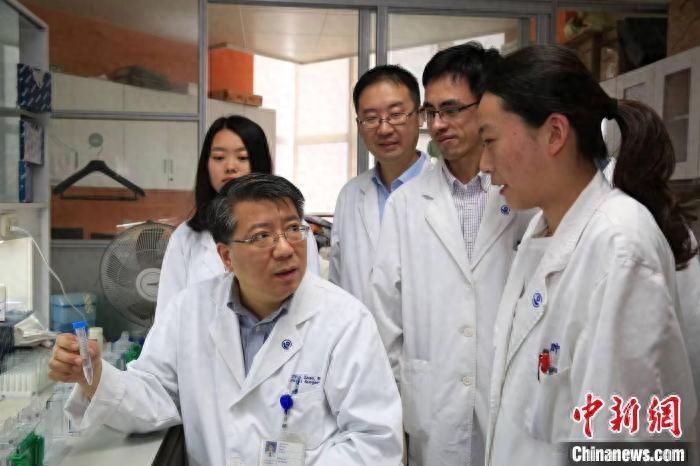
The research team accurately divided the cavity type breast cancer into 4 subtypes based on the characteristics of biological information big data. Provided by Fudan University Affiliated Cancer Hospital
The research team led by Professor Shao Zhimin and Professor Jiang Yizhou from the Cancer Hospital Affiliated to Fudan University, in collaboration with researchers from the School of Life Sciences, the Institute of Human Phenotypes, and the Shanghai Institute of Biomedical Technology, has achieved results that are published in the latest internationally renowned journal "Nature Genetics".
"Endocrine therapy is one of the main treatment methods for cavity type breast cancer. But we often see patients with very similar clinical manifestations, who also take endocrine drugs, some can control the disease for a long time, and some will have endocrine resistance and relapse at different time points." Professor Shao Zhimin said in an interview on the same day, Therefore, simply increasing or decreasing the intensity and duration of treatment cannot effectively improve the efficacy, but rather should be more finely classified and individualized treatment plans should be given to patients
The research team integrated the characteristics of big data of biological information and accurately divided the cavity type breast cancer into four subtypes: classic cavity type (SNF1), immunomodulatory type (SNF2), proliferative type (SNF3) and RTK driven type (SNF4). It is reported that the classification criteria for cavity type breast cancer based on multidimensional big data system have not been reported before. This has laid an important foundation for the realization of precise treatment of cavity type breast cancer and the clinical practice of "one patient, one policy".
Since then, Professor Shao Zhimin's team has proposed "precise treatment strategy based on molecular typing of cavity type breast cancer" according to the characteristics of each subtype of cavity type breast cancer. The real world data from the Cancer Hospital affiliated to Fudan University and many domestic hospitals on the medication and efficacy of many cavity type breast cancer further confirmed that the "Fudan classification" of cavity type breast cancer can well predict the treatment effect of different drugs.
It is understood that at present, Professor Shao Zhimin has led the multidisciplinary team of breast cancer in the Cancer Hospital affiliated to Fudan University to launch a number of clinical trials of precision treatment for cavity type breast cancer, hoping that while further verifying the strategy of "precise typing", the research results will serve patients as soon as possible. (End)
Disclaimer: The content of this article is sourced from the internet. The copyright of the text, images, and other materials belongs to the original author. The platform reprints the materials for the purpose of conveying more information. The content of the article is for reference and learning only, and should not be used for commercial purposes. If it infringes on your legitimate rights and interests, please contact us promptly and we will handle it as soon as possible! We respect copyright and are committed to protecting it. Thank you for sharing.(Email:[email protected])
